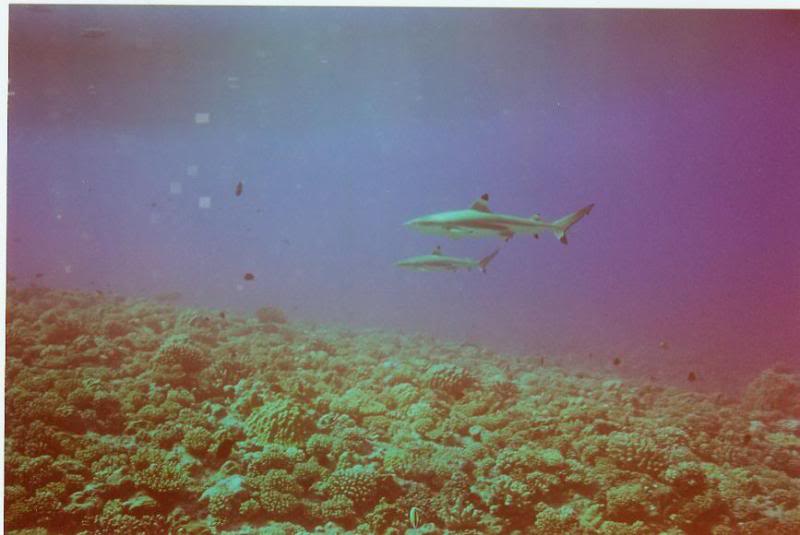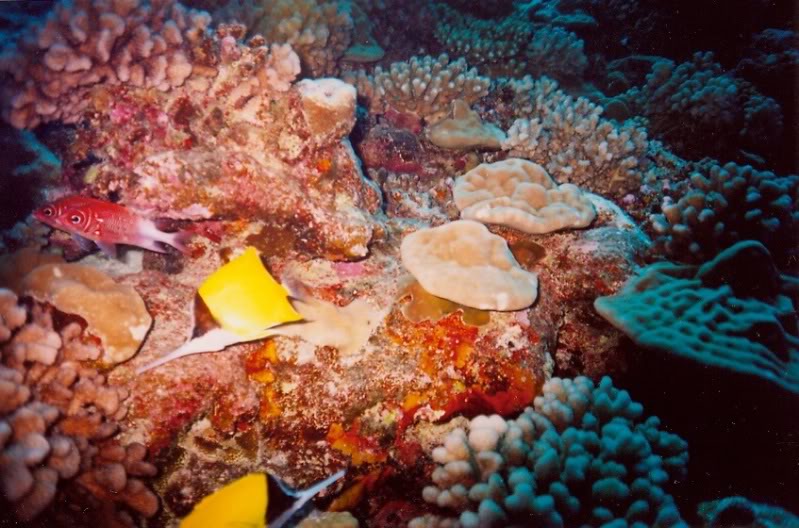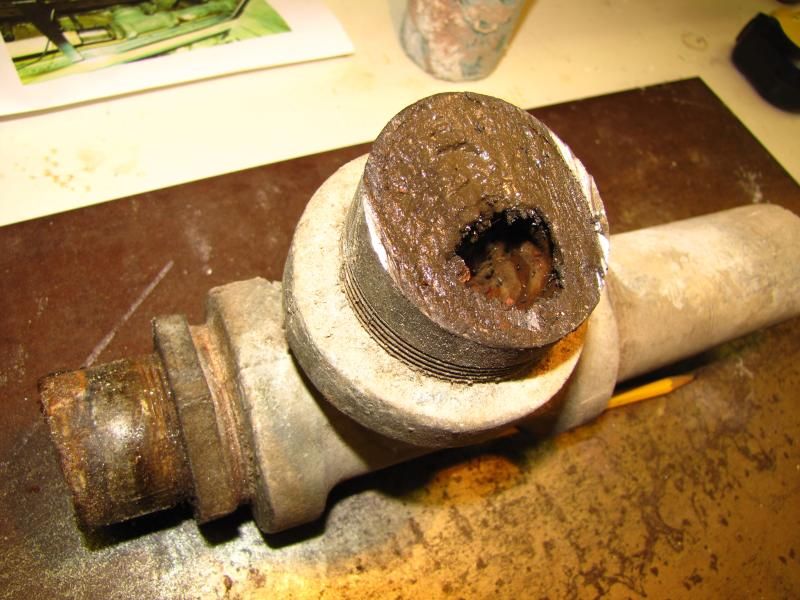There's obviously a ton of technology and methods and vitamins and reactors out there.
What's the most balanced man-made ecosystem so far? Something that can almost feed itself via refugiums, coral/fish combos, etc?
I'm not looking for a lazy route, I'm just wondering what the most natural, self-sustaining "domesticated" tanks look like in 2019.
What's the most balanced man-made ecosystem so far? Something that can almost feed itself via refugiums, coral/fish combos, etc?
I'm not looking for a lazy route, I'm just wondering what the most natural, self-sustaining "domesticated" tanks look like in 2019.




















